Clay as the raw material of tile and its manufacture process
Hay is back with me @jhonmaks. Connecting my story yesterday when I felt so very happy once I went to my uncle's place, I loved to go to my uncle's place because I got a new experience to know and learn the other hand handmade. I was also invited by my uncle to the place of one of his relatives who have a business of making tile. You all probably already know what is tile is not it? Yes the tile is the roof that tebuat from the ground see here I was taught how the process of making tile. So keep following me @jhonmaks to know how the process of making this tile.
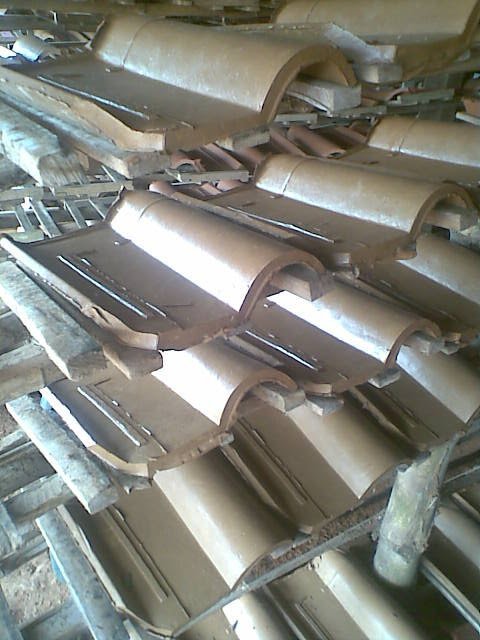
All the soil in its original form always contains a lot of grit (raw material in fine material) that must be separated first before the soil is used as a tile-making material. Separation can be done with 2 (two) ways namely the manual (by hand) and with the machine. The machine used is an extruder machine or using a ball mill. manual way is the cheapest and simple way. After the clay is filtered, from crude material, before starting the formation process, the plastic clay must be homogeneous and free from air bubbles. For that the land must be directed (kneading) first.
Tile Formation.
Homogeneous clay is printed with a mold made of iron plate. the clay is placed on the press, pressed and pressed, before the raw tile is removed from the tile-shaped molds trimmed from the remaining clay that is pressed out of the mold. Clay plates will be printed and shaped raw tile.
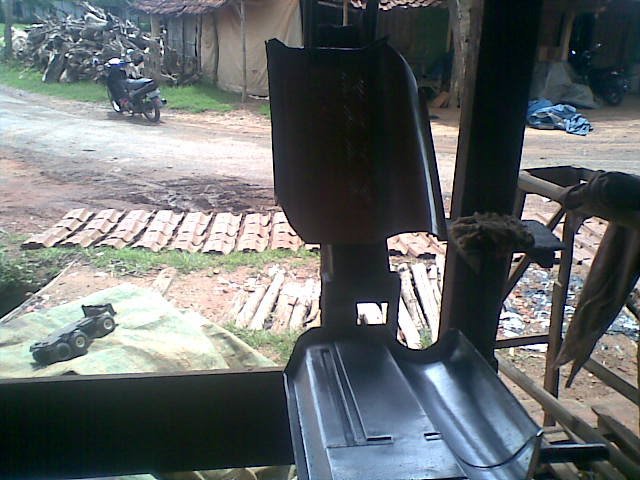
After the tile is removed from the mold to be moved to aerated, placed on a rack made of bamboo. the placement of this raw tile should be very careful not to be wrong because it will result in the tile can change shape.

After the raw tile is aerated for about 1 to 3 days, and seen not easily change shape when lifted from the shelf, the next step is to dry the raw tile.
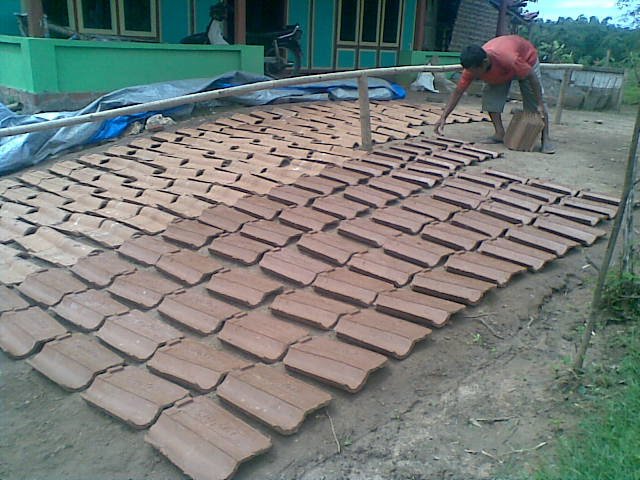
This naturally occurring drying is intended to keep the tile completely dry and not subjected to sudden high temperatures that can lead to cracked roofs. After the tile is considered dry, then transported to the furnace to be arranged in a furnace. In arranging the tile, do not be too dense and the smoke holes do not get closed. Mistakes will result in over-mature tiles and there is less mature tile that will be detrimental.
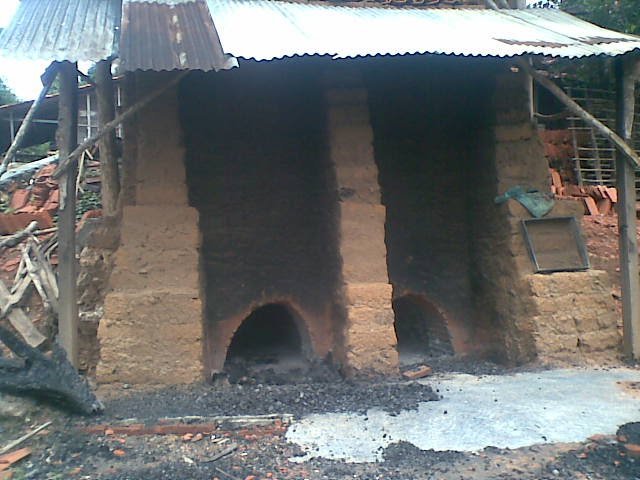
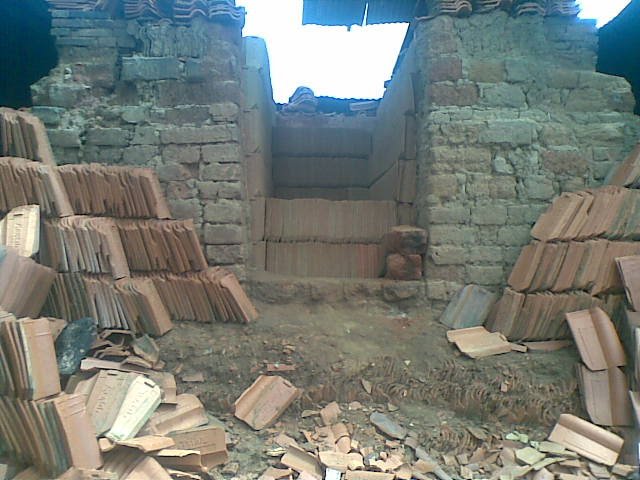
The fuel used to power the stove is usually firewood, dried grain or foliage. Some existing tile manufacturers also use a stove (Brander) spiral or pipe model.
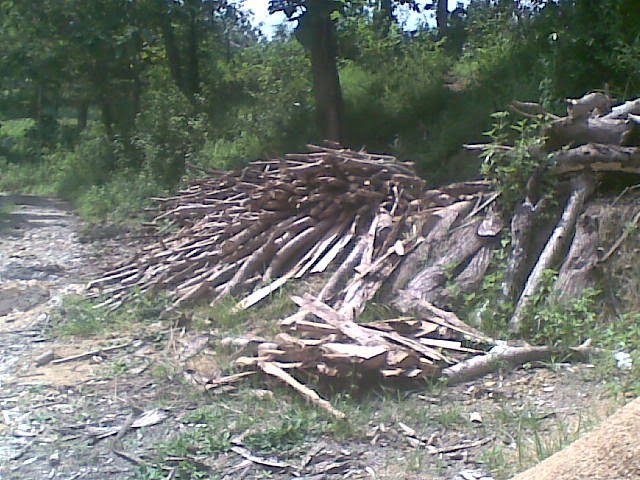
At first gradually burning until the smoke coming out of the stove is not white anymore, the fire can be slightly raised so that the color of the fire inside the tile stack is colored dimly. The process of completion of burning according to the experience of the burner, usually each burner has a variety of standards according to his experience.
Selection (Selection).
Once the fire is extinguished the furnace will cool down slowly. Temperature will go down for one day a night or up to several days depending on the amount of fire and the number of tiles burned. after low temperature, the tile can be removed and processed election (selection) can be implemented.
To choose good and bad tiles between the tile each company uses different criteria but generally the following properties that need to be noticed that the absence of cracks, not broken, no change in shape, the sound of tile when beaten sounded loud, smooth texture surface, the color is evenly distributed.
Company tile with the above criteria, split the tile in some quality. but it is better to divide the quality based on the criteria according to the standard that has been specified in Indonesia. It is necessary to test the company's product roof tile concerned in Balai Keramik Bandung every period of time.
Note: Be a good reader, if you consider my writing useful please copy or you spread out. Of course still include the source. Respect someone's intellectual property, then others will respect you.